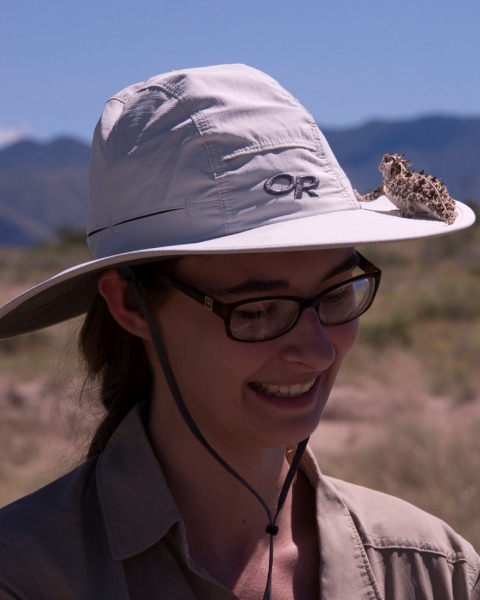Program Symposium
Formal and Informal Teaching
Early Career
Professional Development
Student
Navigating Ethical Challenges in Entomological Education
Considering the cockroach: Humane practices in electrophysiology and anatomy lessons
Wednesday, November 12, 2025
11:20 AM - 11:40 AM Pacific
Location: Oregon Convention Center, Portland Ballroom 256, OCC

Meghan Barrett
Assistant Professor
Indiana University
Indianapolis, Indiana
Presenting Author(s)
This presentation gives an example of one way to facilitate ethical discussions with students about anatomy and electrophysiology exercises using live insects. These labs are often conducted without anesthesia and post-procedure care (in cases of recovery) or humane euthanasia (in cases where recovery is not possible). First, we will describe the contents of a short reading on ethical animal use assigned before an electrophysiology lab using cockroach and cricket legs. The reading focused on the implications of the 3Rs (replacement, reduction, and refinement), with special consideration of anesthesia and euthanasia practices, and how 3Rs were applied in the design of the lab. The discussion of the 3Rs is motivated by two considerations: 1) recent neurobiological and behavioral data suggest insects may feel pain, suggesting that harm minimization practices may be part of ethical pedagogical practice when live insects are used; and 2) whether or not insects feel pain, invasive practices with insects may cause moral discomfort in students who believe that their use of these animals is unethical. By employing best practices with live insects in labs, and by providing an opportunity for students to consider these issues, some of these concerns can be addressed directly.
.png)
